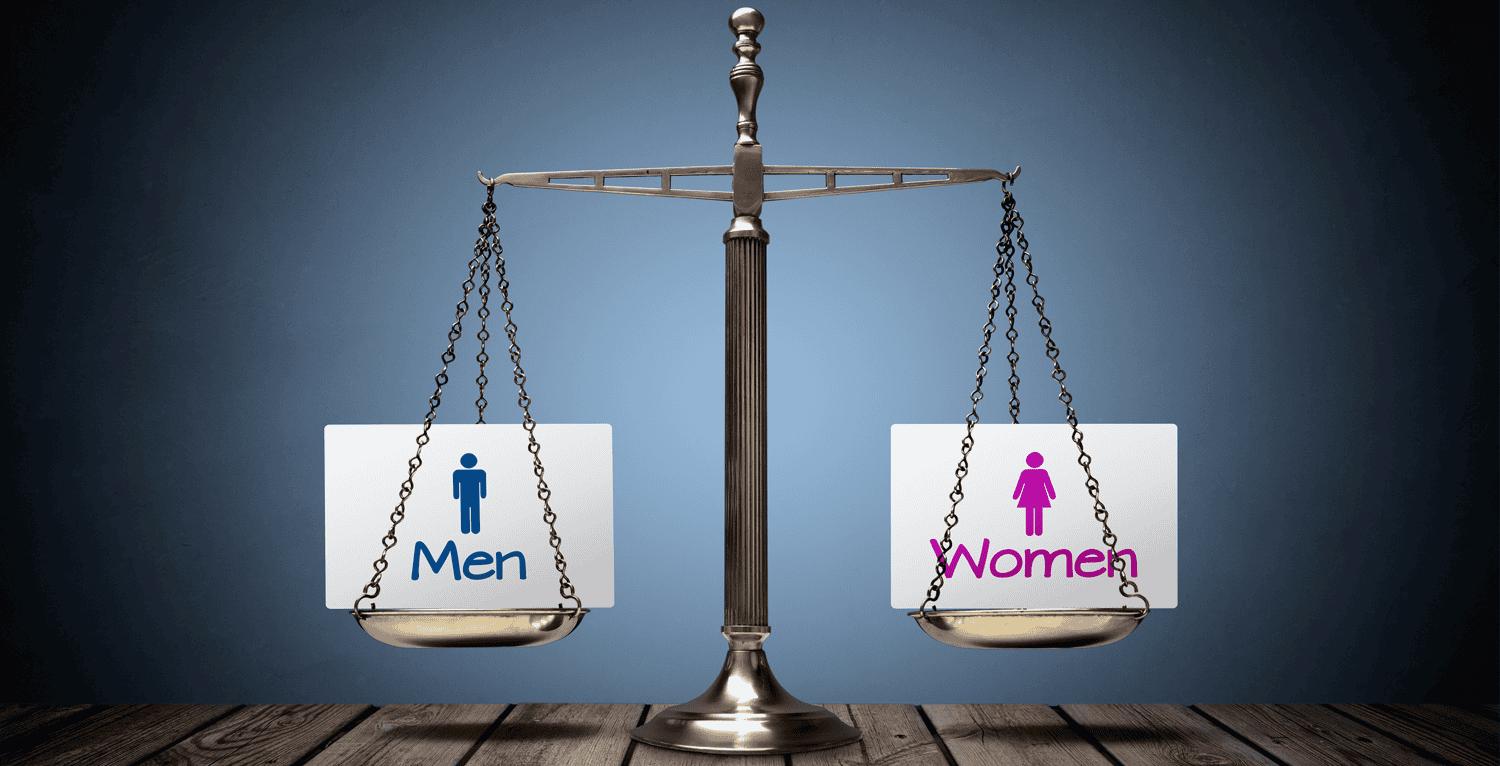
Equal Pay Vs. Equitable Pay: What Do Employers Need to Know?
Equal Pay Day comes around every year to shed light on the fact that pay disparities are still very much present – women working full-time in the US are still only paid 83% of what men earn for the same job.
But for employers to successfully address pay disparity, they first must understand the differences between pay equality and pay equity, and how to utilize them successfully.
Pay equality is the practice that all employees are paid the same amount for doing the same job, regardless of their gender, race, or other protected characteristics. This essentially means that if two employees have the same job role, same responsibilities, and same qualifications, then they should both receive the same pay.
Pay equity, more broadly, is the practice of ensuring that employees are paid fairly for the actual work they do, taking into account factors such as job responsibilities, required skills and experience, and market demand. This means that two people who have the same job title may not be paid the same wage, if one of them has more responsibilities and/or experience than the other and market demand is different based on the location of their work.
When organizations are looking to solve pay disparities, they need to bear in mind that pay alone should not be the sole focus for assessing fairness. Typically, pay disparity issues will be a symptom of wider systemic problems – there may be practices or cultural issues which inadvertently cause (or worsen) these inconsistencies.
That is why the best way of approaching this issue is by using both pay equity and pay equality mindsets. Ensuring that your pay is equitable is vital when attracting and retaining talent, as it means that people are considered based on their value and talent rather than their gender, race or anything else.
But for equitable pay to even truly be achievable, you must first look at the wider context of pay equality on an organizational level. If your processes are not established in a way which allows for employees to be considered on an equal basis from the outset, then you cannot attempt to pay people equitably.
Therefore, to achieve pay equity and pay equality, a company must establish a pay philosophy, which acts as a clear strategy for how the business approaches compensation.
In addition to this, implementing transparent and objective pay practices, regularly reviewing and adjusting pay structures, and eliminating any biases in hiring processes and the company culture, will allow for an employer to successfully be able to pay employees equally and equitably. And this is undoubtedly a smart business move – McKinsey discovered that the least diverse organizations were found to be 27% more likely to underperform on profitability, whereas those companies that were most diverse outperformed their peers by 36%.
However, a company will fail to attract a diverse talent pool if it cannot demonstrate equality and equity in their wages.
Copyright OrgShakers: The global HR consultancy for workplace transformation founded by David Fairhurst in 2020